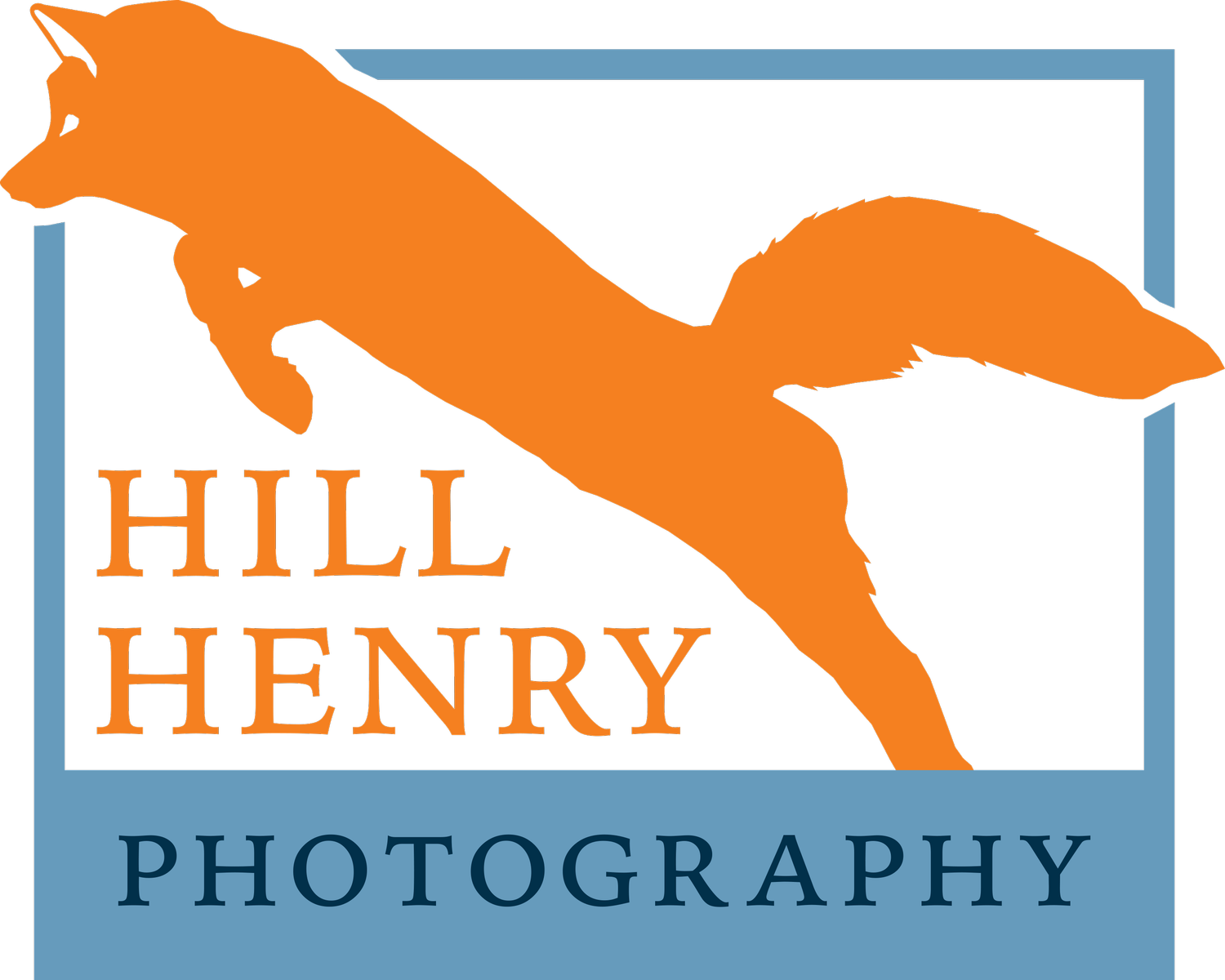Yellowstone - Summer
My Recent Adventure in Yellowstone National Park
Last month, I attended a photography workshop in Idaho, where I spent several days sharpening my skills and exploring new techniques in the field. Surrounded by rugged landscapes and wide western skies, the workshop provided both inspiration and community. After it wrapped up, I decided to take advantage of being so close to one of the world’s great natural treasures—Yellowstone National Park. With an extra week to travel, I set out to explore its geysers, rivers, and valleys, focusing on photographing the remarkable wildlife that makes Yellowstone unlike anywhere else.
Yellowstone’s Wildlife and Valleys
My time in Yellowstone focused almost entirely on wildlife photography. My purpose was to document any species I encountered, from massive bison herds to elusive small mammals.For the first half of the week, I stayed in a small cabin at the Sandpiper Inn, on the shores of Yellowstone Lake near Fishing Bridge. The cabin was modest but perfect for me and my gear, with nearby dining available at the lodge. Each morning began before sunrise, loading camera equipment into the car and heading into the park while the landscape and wildlife were still waking.
Much of my time was spent in Hayden Valley, where the rolling hills and river bottoms proved as dramatic as the wildlife. Along Highway 20 between Steamboat Point and Nine Mile Trailhead, I observed grizzly bears foraging on berries, reminiscent of black bears I had seen feeding in Cade’s Cove, but much larger and more commanding. Later, I joined a crowd watching a grizzly male feeding on a bison carcass, harassed by a pair of yearling wolves who eventually drove him off. Park officials had to remove the carcass to manage crowds, and a second bull carcass nearby created similar viewing opportunities, demonstrating Yellowstone’s raw and unscripted wildlife interactions.
For the second half of the week, I moved to Gardiner, Montana, to focus on Mammoth Hot Springs and Lamar Valley. Longer morning drives were worth it: Lamar’s bison herds were enormous. I frequently sat in my car as bulls and cows passed within inches, the bulls bellowing and kicking up dust while guiding their calves. Their daily rhythm—moving into the valley in the morning and out by evening—created predictable yet dynamic photographic opportunities.
While bison were the stars, they were far from the only wildlife. Pronghorn, mule deer, elk, Uinta ground squirrels, magpies, and raptors including red-tailed hawks, prairie falcons, American kestrels, and ferruginous hawks were abundant. The light-morph ferruginous hawks, almost entirely white, stood out beautifully against the sagebrush backdrop, making them a favorite subject. Every evening closed with spectacular sunsets painting the valleys in gold and crimson.
Photography in the Field
I carried a variety of lenses and cameras, but primarily used the 600mm prime and 100–500mm zoom. This setup allowed me to capture animals either adjacent to the car or across the landscape. A hike up Washburn Mountain searching for bighorn sheep proved fruitful: I found the goats, photographed a Uinta ground squirrel, and glimpsed a long-tailed weasel darting across the trail—so fast it escaped the frame, but a thrilling encounter nonetheless.
Finding wildlife involved a mix of research and patience. I reviewed recent sighting reports, then drove, hiked, or quietly waited on rocks for animals to approach. This approach worked especially well for skittish species like pronghorn antelope, giving me opportunities to photograph adults and young. Bison calves (“red dogs”) appeared at varying stages of development, extending the window for photographing them. Birds of prey were a constant highlight, with hawks, falcons, and kestrels abundant across Hayden and Lamar Valleys.
One critical insight: you are rarely alone in Yellowstone. Photographing from main roads often attracts tourists who will stop abruptly at pull-offs, sometimes alarming wildlife and disrupting photoshoots. While I enjoy interacting with visitors and showing them overlooked species, the best images—and the most natural behavior—come when you move away from crowds. Hiking off-road or sitting quietly away from vehicles allows animals to behave more naturally and provides far better photographic opportunities.Reflection and Practical Tips
The trip as a whole was spectacular. The floating blinds in Idaho offered unparalleled access to waterbirds at eye-level, while hummingbird photography tested technical skills with multi-flash bursts. Yellowstone presented challenges of scale, patience, and strategy—but the rewards were extraordinary: bison, grizzly bears, wolves, pronghorn, birds of prey, and more, all framed by some of the most iconic landscapes in North America.
Breaking the park into manageable sections proved advantageous. Staying inside the park minimized early-morning drives, while staying in Gardiner gave northern access. For meals, Cooke City is excellent when visiting Lamar Valley, while Yellowstone Lake lodges or Canyon area services provide food and gas options near Hayden. Always expect crowds; planning around them is essential to both enjoying the experience and capturing quality images.
Overall, this journey blended technical growth, patience, and awe. From hummingbirds in Idaho to bison, bears, and hawks in Yellowstone, every day held the possibility of discovery. I left inspired, with not just images, but experiences that will stay with me for a lifetime.
